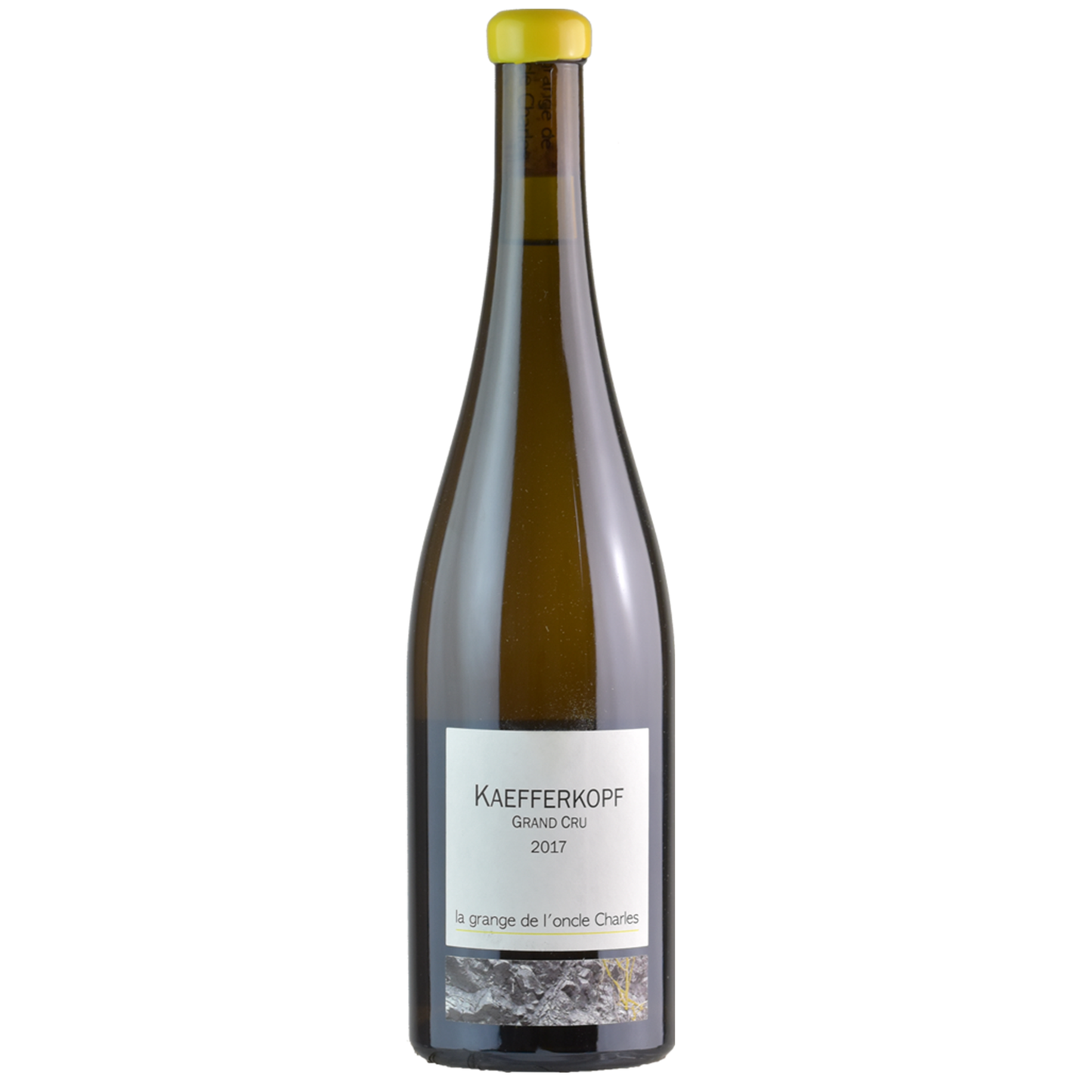La Grange De L'Oncle Charles Kaefferkopf 2017 (750ml)
La Grange De L'Oncle Charles Kaefferkopf 2017 (750ml)
Couldn't load pickup availability
The nose is on yeast and lemon, granny apple and hot apple. My wife asks if it's a new wine. Hum, atmosphere, some would say it smells like natural wine. Indeed, in the mouth, it's natural! The wine is light, a little lemony, and frankly on raw cider. It's quite lively, refreshing on my right, thirst-quenching on my left.
Grape royalty
Gewurztraminer, Riesling, Pinot Blanc, Sylvaner, Muscat, Pinot Noir… On bottles of wine from Alsace, it’s the grape varieties that top the bill. Which makes sense, given that they also bear the appellations of the region and that blends aren’t part of the local culture. Does this mean then that the characters of wines from this part of France are defined by its grape varieties alone? That the terroir is irrelevant? Merely a perfectly neutral, silent substrate? Of course not, that would be a very simplistic view! Especially since it would dismissing another important point: Alsace is a great vineyard of terroirs and a vineyard of great terroirs.
51 Grands crus
The Alsace wine-making region has a rather “Chilean” profile, being 120 km (75 miles) from north to south and just a few kilometers from east to west. It is distinguished not only by the charming villages that line its Wine Route, but by its lively and complex geology. So much so that over time, generations of winemakers have identified and ranked some particularly remarkable terroirs. Some are classified as lieux-dits (named plots), and the most exceptional have been elevated to Grand cru status.
There are exactly 51 of them, all with distinct profiles. Some fifteen geological families have been identified, including granite, clay, sandstone, schist, and limestone. Generally located at an altitude of between 200 and 400 meters (between 656 and 1312 feet), the Grands crus, often quite steep, benefit from distinguishing soils as well as exposures and micro-climates that promote slow, consistent grape maturation, which is the reason for the very finely expressed aromas of the wines.
Great diversity
The reason for identifying different areas in this way becomes obvious as soon you taste wines of the same grape variety from two different terroirs. Riesling, for example, is easily recognizable on tasting, but also has a reputation for being a fine indicator of terroir. There’s a world of difference between the bold generosity of a Riesling from the Kaefferkopf Grand cru and the calm intensity, characterized by cleanness and salinity, of the same grape from the very volcanic Rangen Grand cru. More than in some other wine regions, the vineyards of many Alsatian estates are quite parceled up. Which can be quite constraining day to day, especially during the harvest, but is a real boon when it comes to the diversity of wines they can offer. So as you can imagine, great connoisseurs of Alsace wines don’t stop with “I like Riesling” or “I don’t like Gewurztraminer”… When they talk about their preferences, they describe the details of each terroir with relish. Why not do the same?
In past lives Jerôme François was both a carpenter and sommelier. Since 2014 he's been making wine in his uncle Charles' barn (hence the name) near the village of Ostheim, Alsace.
On the palate, the wine is creamy, elegant, intense and quite powerful, well structured and with fine tannins. This is an impressive wine with considerable length and complexity.


